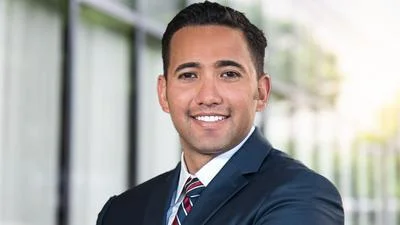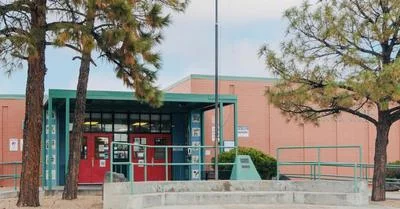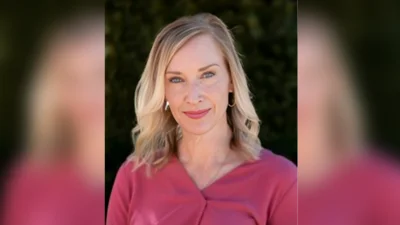The University of New Mexico (UNM) has announced that its scientists, in collaboration with the University of Wisconsin–Madison, are embarking on the Trichoderma Associated Space Tomato Inoculation Experiment (TASTIE). This scientific project involves sending tomatoes into space aboard the International Space Station (ISS).
The researchers aim to gain a deeper understanding of the challenges associated with plant growth in microgravity and explore potential strategies to mitigate stressors linked to space cultivation. The investigation is led by the UNM Grand Challenge Sustainable Space Team and involves dispatching tomatoes and Trichoderma fungus to the ISS. According to a press release by UNM, Trichoderma, a common soil fungus, is expected to play a pivotal role in enhancing plant resilience to stressors, replicating its beneficial effects observed in terrestrial plant growth.
"Nutrition is a big issue for astronauts and eating dehydrated food gets old fast and plants are important for mental health," said Hanson. "Astronauts really like the connection to earth that plants provide. What is exciting is that there is a lot of science needed to learn how to grow plants efficiently and reliably for future space missions," he added.
Hanson further explained the role of UNM scientists: "They are tasked with determining if the fungus affects how the tomatoes use water and CO2 to grow better. The capabilities at the UNM Center for Stable Isotopes will be critical for measuring properties of the air on the space station and comparing that with the plant tissues when they return to earth."
According to information from UNM's Grand Challenge webpage, The Sustainable Space Research Grand Challenge Team seeks to foster collaborative initiatives across universities, commercial sectors, and national laboratories. This provides New Mexico with opportunities for scientific, exploratory, and economic contributions to space endeavors. By emphasizing the development of innovative technologies and materials, this team aims not only to advance space exploration research but also to promote student engagement and educational prospects.









